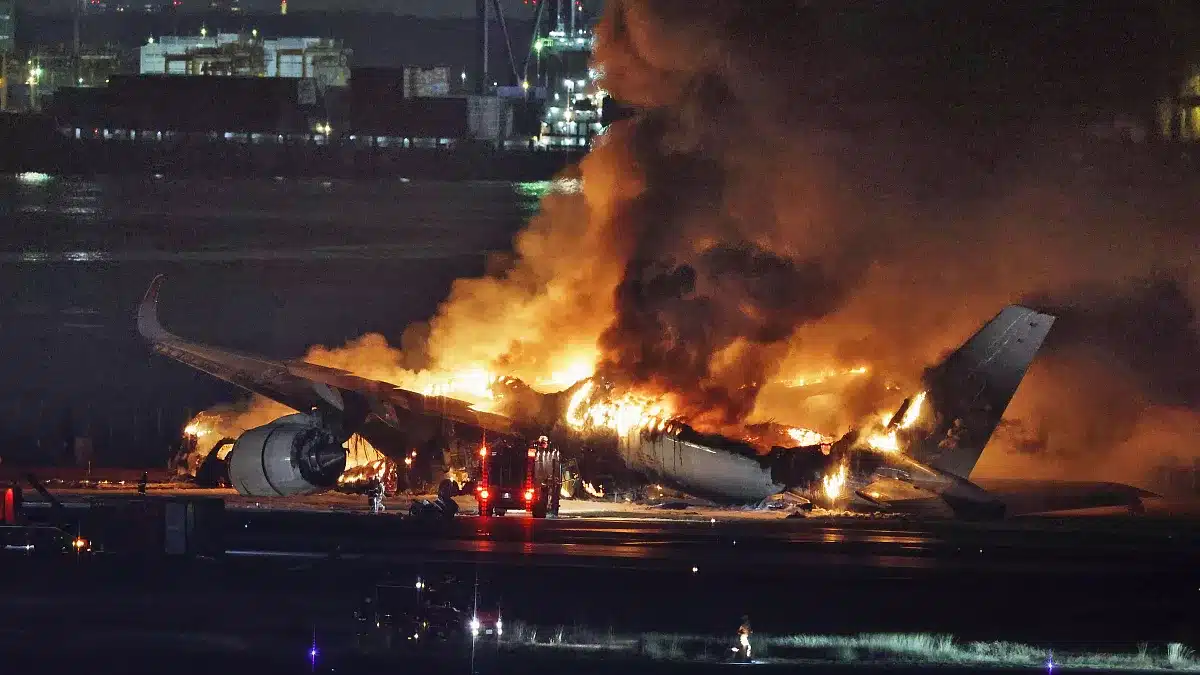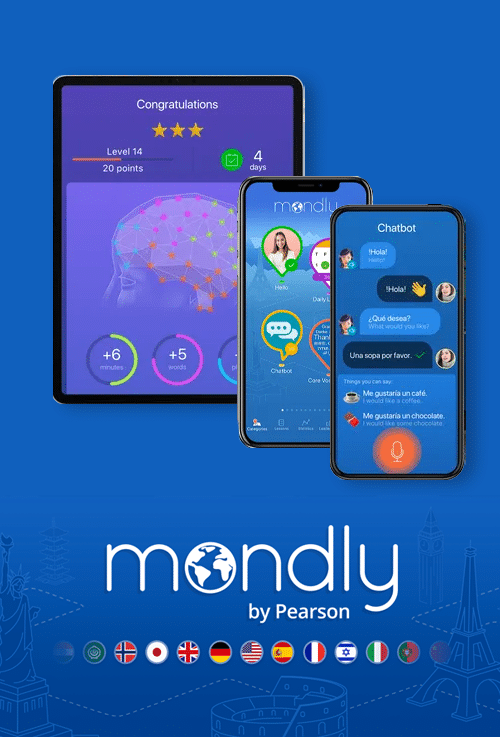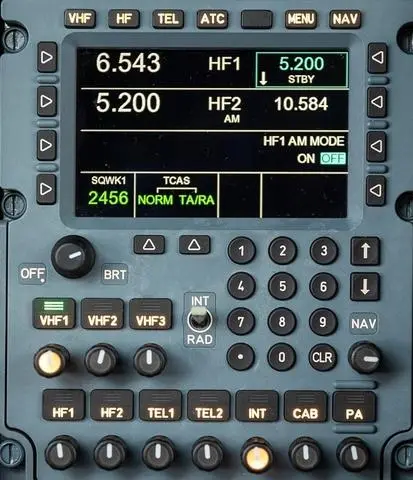Understanding the Core Aspects of Aviation English
Ok first the bad news. While there are recognized bodies providing accreditation for schools teaching English as a foreign language, there is no structure of qualification for schools delivering Aviation English language training.
The good news is that a lot of providers do it as if they were! And we are going to help you navigate these unregulated skies of the industry in a way that helps you make the right decisions. Whether you are an aviation student or someone who wants to pursue a career as an Aviation English assesor.
Looking for Perfect Aviation English?
If you only have Five Minutes;
Aviation English Language Training has Five Specific Objectives that sets it apart from the teaching of language in any other area of human activity.
- Aviation English is designed to ensure unambiguous controller-pilot communications
- Aviation English uses Specific Vocabulary, Functions and Expressions.
- Proficiency is assessed through Operational Efficiency rather than linguistic correctness.
- Communication occurs most often without visual contact and via Oral means
- Communication not only impacts safety, but can have huge economic and personal (that’s you!) repercussions.
Level of Proficiency - ICAO Levels
Where to start? Look to the Authority on Aviation English for non-native speakers. The International Civil Aviation Organization have drawn up the Language Proficiency Requirements, or LPRs, used by training providers when setting standards of practice.
The ICAO Language proficiency requirements (LPRs) have been in place since 2003 and ensure sentence structure and methodology of training is designed around not just speaking, but listening and interacting. What hasn’t changed is how people learn. And how fast. Finding your optimal learning path is much trickier than reciting the objectives of ICAO Operational Level 4.

Why is Aviation English a Thing?
Like most of aviation safety, we learn from accidents in aviation history. Emergency situations give rise to humans reverting to natural language processing and the use of non-standard phraseology. English is the language of aviation, so that we can all use the same terms and descriptors – so that time and accuracy is maximized.

The 2024 Haneda crash was a simple case of the Dash-8 Pilot not listening to the controller, who had asked him to hold short of the runway.

Mondly
Use the Best English App to Help Your Aviation Career Take Off
Fun, easy and effective language courses designed by language experts.
Learn 41 languages from your native language.
Anytime, anywhere, on any device.
"BOX BOX"
In Formula one, when a car is told to pit, they no longer say “Come in” or “Come to the Pits” or “Fuel Stop”. They say “BOX BOX”. Why? Because its a simple contextual term that cannot be misunderstood by the driver or the crew.
There is a White Box where the car should stop and that is what is being instructed. The goal is unambiguous choice, under pressure or in an emergency. Or when you have milliseconds to make a decision. Aviation English does exactly that, using common phrases that we use to deal effectively with abnormal or emergency situation. So we can avoid aviation accidents.
The ICAO Level 4 Training Activities
A lot of People ask us “What exactly does the ICAO Level 4 training involve ?”
Ask no more…
- Interactive listening comprehension exercises which involves oral responses from learners;
- Classroom information exchange and role-play activities in pairs;
- Practice of vocabulary and grammar (structure) through oral use rather than reading and writing;
- Using Charts, Images or Infographics to elicit conversations that mirror pilot-controllers situation management;
- Group problem resolution activities to develop interactivity and fluency skills.
Aviation English - Practical Examples
During ab-initio flight training Pilots learn how to communicate intentions to ATC ;
- “Flight 123 ready for immediate departure”
- “Flight 321 cleared for instrument approach to runway 28 left”
- “Flight 001 leaving level two-five-zero for level two-nine zero”
There’s Aviation specific terms that need to be learned just to converse on topics
- The APU is US, so we need ground-power and a set of air stairs
- Low-cost airlines need to ensure higher SAF usage to achieve sustainability
- Slats and Flaps are used to modify wing performance for take-off and landing
There is also a need for plain language in operational situations
- We need to divert the aircraft to Lisbon due to a disruptive passenger
- Tell Ops there is some FOD on the taxiway near Gate 12
- We need an air start unit on standby at Gate 27
Is it just Pilots that have a requirement for English in Aviation?
No. All operational staff use the same English phraseology and will need to attain the same ICAO levels. Push-back drivers, ground controllers, dangerous goods managers and loaders are just a few examples of staff that communicate vital information via radio with Operations control.
Civil Aviation Authorities don’t teach Aviation English, but they do have English Language Proficiency (ELP) assessments. Also based on ICAO Level 4, this is what’s used to issue Pilots with their radio telephony license. Since 2008, these fall under License Proficiency Tests (LPTs) and License Proficiency Checks (LPCs) by authority examiners or examiners approved as assessors.

Mondly
Use the Best English App to Help Your Aviation Career Take Off
Fun, easy and effective language courses designed by language experts.
Learn 41 languages from your native language.
Anytime, anywhere, on any device.
Aviation Authorities are your best friend
Step One for you should be – Go to your Aviation Authority Website and search for “Aviation English” or “English Language Proficiency”. Most authorities will include a list of approved assessors you can reach out to for help.
But the key area is the Pilot and air traffic controller exchange, as this the most critical part of flight operations. This starts at flight school where Aviation English classes are mandatory to ensure pilots achieve a minimum of ICAO Level 4, but that the communication between pilots and ATC controllers is as good as any professional pilot.
Which Aviation Professions test for levels of English?
- Pilots
- Air Traffic Controllers / Air Traffic Management
- Flight Operations Staff
- Airport Operations Staff
- Meteorology Staff
- Regulatory and Authority Staff
- Engineers, Mechanics and Quality Assurance Staff
Aviation Industry English Training Delivery - International Bodies
Clear Communication in the Cockpit: Vocabulary Mastery
Aviation-specific vocabulary is crucial for clear communication in the cockpit. Pilots and air traffic controllers must be able to accurately and efficiently convey important information related to aircraft operations, navigation, weather conditions, and emergency procedures. Using precise terminology helps prevent misunderstandings and ensures that all parties involved in a flight are on the same flight plan.
In high-pressure situations, such as during takeoff or landing, there is no room for error in communication. Pilots need to quickly and effectively communicate with air traffic controllers to receive important instructions and information. By mastering aviation-specific vocabulary, pilots can confidently navigate through complex scenarios and make informed decisions to ensure the safety of the flight.

The WingTalkers Take - Use Social Media to help English Aviation
We learn Languages (and are assessed at the ICAO Level 4) not just through understanding English but…
- Speaking
- Listening
- Interacting
So what does this tell us about the best ways to learn? Well we have come up with our suggestions as to how social media platforms can assist.

Mondly
Use the Best English App to Help Your Aviation Career Take Off
Fun, easy and effective language courses designed by language experts.
Learn 41 languages from your native language.
Anytime, anywhere, on any device.
Interactive Teaching Challenges:
Social Media platforms should allow users engage in aviation English challenges, such as recording short messages, participating in discussions, or even role-playing specific scenarios. This could be done through short videos exchanged between learners, encouraging them to communicate using aviation terminology.
Live Q&A Sessions:
Platforms can host live Q&A sessions where learners can interact with experienced aviation professionals. This not only exposes them to authentic aviation communication but also provides an opportunity to ask questions in a real-time, informal setting.
Teacher Exchange Groups:
Apps could facilitate language exchange groups on social media, connecting aviation English learners with native English speakers interested in aviation. This could be a reciprocal learning experience, where participants help each other improve language skills. Sites like TANDEM already do this for language training.
Scenario-Based Simulations:
Develop scenario-based simulations on social media platforms, allowing learners to navigate through various aviation communication situations. This could include interactions with air traffic controllers, fellow pilots, or ground crew members.
Industry News and Updates:
There are platforms that curate and share relevant aviation news and updates on social media. Discussing these topics can help learners stay informed about industry-specific vocabulary and current events, enhancing their overall language proficiency.
Peer Feedback and Collaboration:
Implement a system for learners to provide constructive feedback to their peers on social media. This could be through comments, likes, or dedicated feedback sessions. Encouraging collaboration fosters a sense of community and shared learning.
Gamification Elements:
Introduce gamification elements to make learning more engaging. This could include badges, rewards, or even friendly competitions among learners, all shared on social media for a sense of community and motivation.

Frequent Asked Questions About ICAO Level 4
Striving for Level 4: English Language Proficiency
What exactly is Level 4 – And who is it for?
ICAO Level 4 is a standard set by the International Civil Aviation Organization (ICAO) for English language proficiency in aviation. This level is considered the minimum requirement for pilots, air traffic controllers, and other aviation professionals who need to communicate effectively in English in order to ensure safe and efficient operations.



